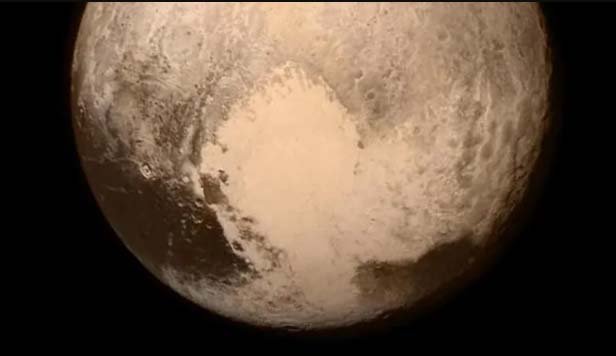
The row between Donald Trump and Elon Musk over a major spending bill has exacerbated uncertainty over the future of Nasa’s budget, which is facing deep cuts.
The space agency has published its budget request to Congress, which would see funding for science projects cut by nearly a half.
Forty science missions, which are in development or in space already, are in line to be stood down.
The president has threatened to withdraw federal contracts with Musk’s company, Space X. Nasa relies on the firm’s Falcon 9 rocket fleet to resupply the International Space Station with crew and supplies. The space agency also expects to use its Starship rocket to send astronauts to the Moon and eventually to Mars once it has been developed.
Dr Simeon Barber, a space scientist at the Open University said that the uncertainty was having a “chilling impact” on the human space programme.
“The astonishing exchanges, snap decisions and U turns we’ve witnessed in the last week undermine the very foundations that we build our ambitions on.
“Space science and exploration relies upon long term planning and cooperation between government, companies and academic institutions.”
Aside from the feud between the President and Mr Musk, there is also concern about deep cuts requested by the White House to Nasa’s budget.
All sectors have been earmarked for savings, apart from an effort to send astronauts to Mars, which has received a $100m (£74m) boost.
According to Casey Dreier, chief of space policy for the Pasadena-based Planetary Society, which promotes space exploration, the potential cuts represent “the biggest crisis ever to face the US space programme”.
Nasa has said that its request to reduce its overall budget by nearly a quarter “aligns (its) science and technology portfolios to missions essential for the exploration of the Moon and Mars”.
Dr Adam Baker, a space analyst at Cranfield University told BBC News that if these proposals are approved by Congress, it would fundamentally shift the agency’s focus.
“President Trump is repurposing Nasa for two things: to land astronauts on the Moon before the Chinese and to have astronauts plant a US flag on Mars. Everything else is secondary.”
Those who back the proposals say the White House’s budget has given Nasa a clear purpose, for the first time since the days of the Apollo Moon landings of the 1960s and 70s, when the aim was to beat the Soviet Union to the Moon. Nasa’s critics say that since then the space agency has become a bloated, unfocussed bureaucracy which routinely goes massively over budget in its space missions and wastes taxpayer’s money.
One of the most egregious examples of this is Nasa’s new rocket for its plans to return American astronauts to the Moon, the Space Launch System (SLS). Its development has been delayed, and costs have spiralled such that it costs $4.1bn (£3.3bn) for each and every launch. By contrast, SpaceX’s equivalent rocket system, Starship, is estimated to cost around $100m (£80m) per launch because it is designed to be reusable. Jeff Bezos’s Blue Origin space company promises similar savings for its proposed New Glenn rocket.
To no one’s surprise, SLS will be phased out under the White House proposals, in the hope that Starship and New Glenn can take its place. But the past three development launches of Starship have been unsuccessful, and Blue Origin has only recently begun to test its Moon rocket.
“The worry is that Nasa may be jumping out of the frying pan, into the fire,” says Dr Barber.
“The development of these alternatives to SLS is being bankrolled by Elon Musk and Jeff Bezos.
“If they lose their appetite for this endeavor and SpaceX or Blue Origin say they need more money to develop their systems, Congress will have to give it to them,” says Dr Barber.
 Weekly Bangla Mirror | Bangla Mirror, Bangladeshi news in UK, bangla mirror news
Weekly Bangla Mirror | Bangla Mirror, Bangladeshi news in UK, bangla mirror news







